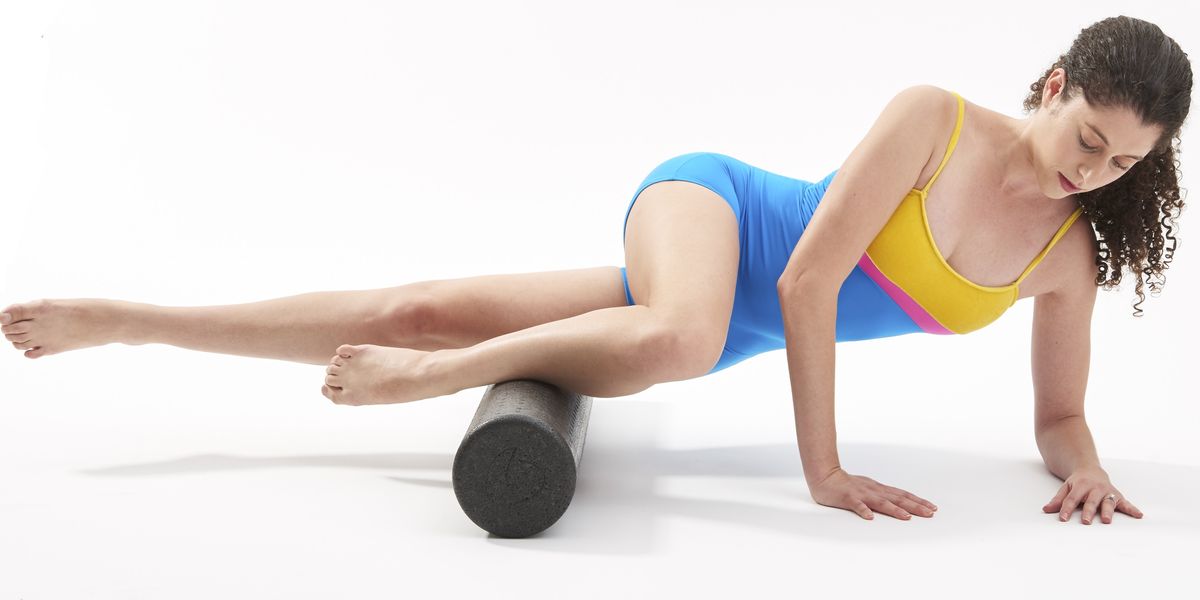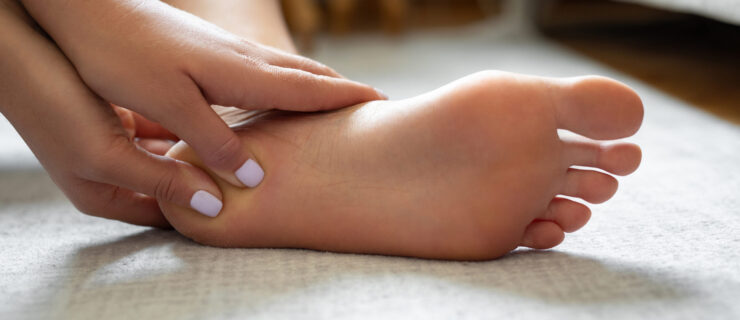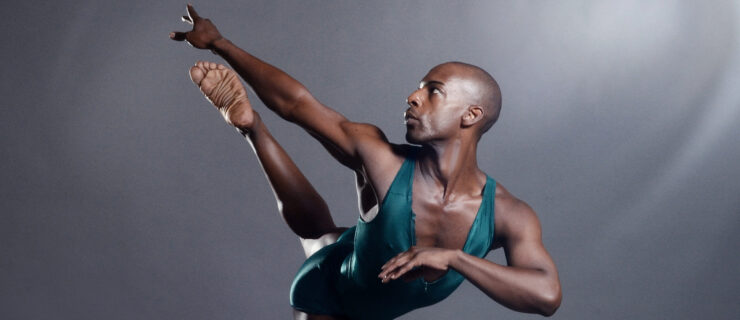Are You Foam Rolling Wrong?
Dancers lover their foam rollers. But that doesn’t mean they always know how to use it correctly. To get the most out of your time on the roller, avoid these nine all-too-common mistakes.
Mistake: Waiting Until It Hurts
Too often, dancers don’t get out the roller until they’re in pain. But rolling a few minutes every day will make you less prone to injury in the first place. “The roller is best as a preventative tool,” says Alicia Ferriere of Finish Line Physical Therapy. “Use it before or after rehearsal if you are feeling tight.”
Mistake: Rolling Injured Tissues
Rolling while injured is often not a good idea until fairly late in the recovery process. “Don’t roll when there is swelling or a traumatic injury such as a tear,” says physical therapist Julie Green, who works with Pennsylvania Ballet dancers. Rolling could make an injury worse, since it’s a tool for mobilization and tissues sometimes need to be immobilized to heal. Green recommends seeing your doctor or physical therapist first. “Allow some healing to occur before returning to your roller.”
Mistake: Moving Too Quickly
Part of a roller’s magic is how it increases blood flow by creating compression when gravity draws your body weight into the foam. “Rolling quickly stays too superficial on your tissues,” says Ferriere. “Allow your muscles to relax on the roller, which will create greater compression for the deeper tissue. Think of it as a massage.”
Mistake: Staying Too Still
Rollers are certainly great for relaxation, so it’s fine to luxuriate over it sometimes and be completely still. But movement is what helps increase blood flow and activates hard-to-get-to areas. So think about moving from side to side, forward and back as you roll. “You need to wiggle more, because the movement is what makes the difference,” adds Ferriere.
Mistake: Ignoring the Lats
Dancers spend a good deal of time pulling up, which can lead to chronic tightness in the latissimi dorsi, or “the lats,” the large, winglike muscles of the back which wrap around our sides. Ferriere recommends lying on your side with your bottom arm outstretched and the roller perpendicular to your torso. In this position, roll forward and back and side to side along the rib cage to help release the lats.
Mistake: Hitting Bones, Nerves or Kidneys
According to Ferriere, rolling over a bone does nothing for you other than cause pain. It’s especially problematic to roll over ankles, knees and the greater trochanter. “And stay away from superficial nerves, like in front of the hip joints and behind the knees,” says Green. “You could damage or irritate your nerves. If you feel numbness or tingling, stop immediately.” Also avoid rolling along the sides of your lower back—you can bruise your kidneys.
Mistake: Overdoing the IT Bands
The IT bands are the most over-rolled parts of dancers’ bodies. Ferriere reminds us that they are not muscles; they’re made of fascia and connective tissue. “It’s better to roll the soft tissue around the IT band, like the outer quads and the tensor fasciae latae, a thigh muscle on the front and outer side of the hip.” If your IT band is chronically tight, consider why. “Often, that means there’s a weakness in the hip stabilizers and rotators,” says Green.
Mistake: Grabbing the Wrong Roller
Rollers come in varying degrees of hardness these days. Generally speaking, the harder the roller, the more good it can do, unless you are injured or it hurts too much. “If you are avoiding using the roller because of the pain, then try a softer roller,” says Ferriere. Or cover a hard roller with a blanket to make it less painful. Green likes ridged rollers that look a bit like tire treads: “It’s a way to address adhesions, as those nubs can get in between muscle fibers.”
Mistake: Getting Aggressive
Dancers have killer work ethics, but applying them to the roller can backfire. “Rolling out too vigorously or for too long can end up damaging tissue,” says Green. “Generally, five minutes per body part should do it.”




